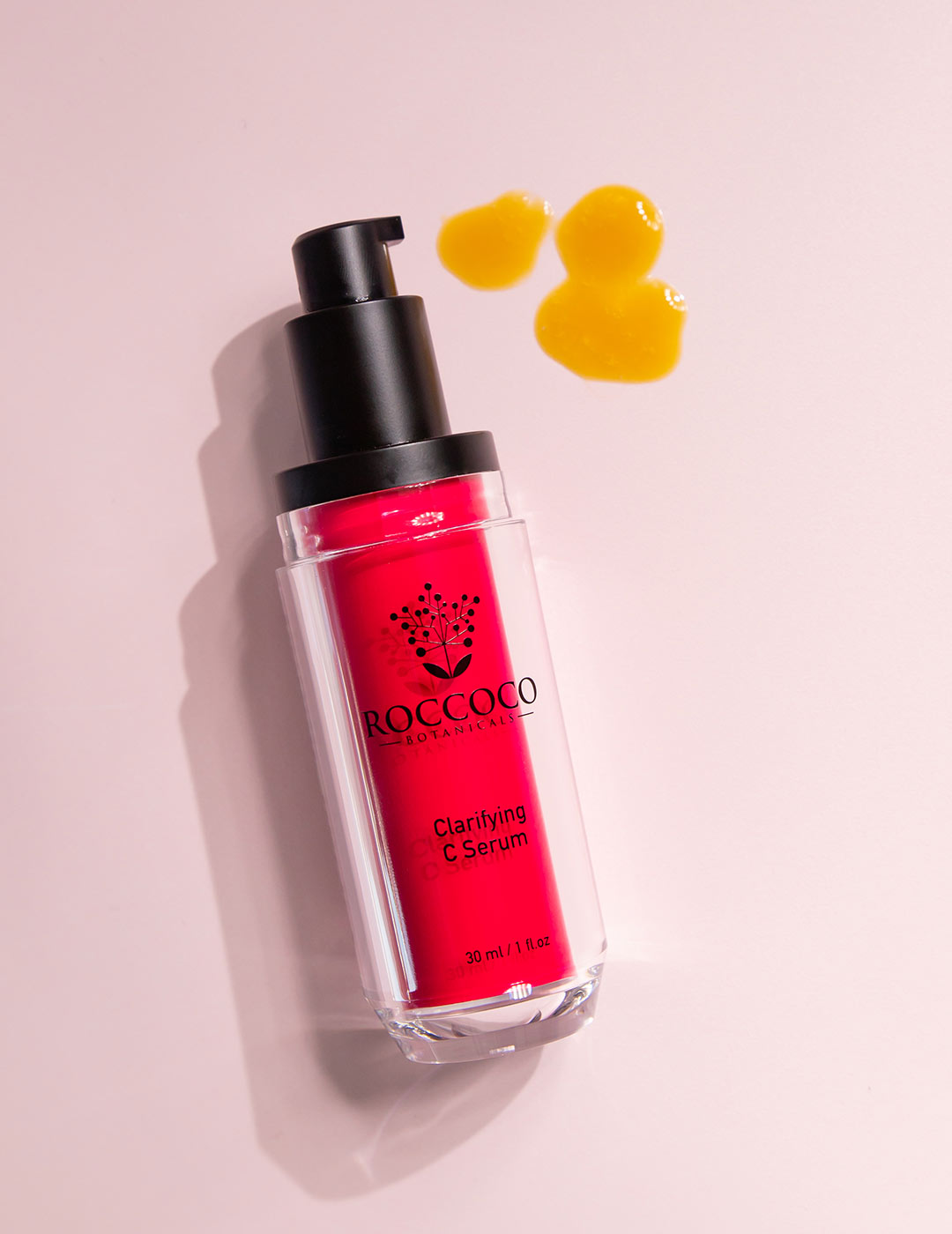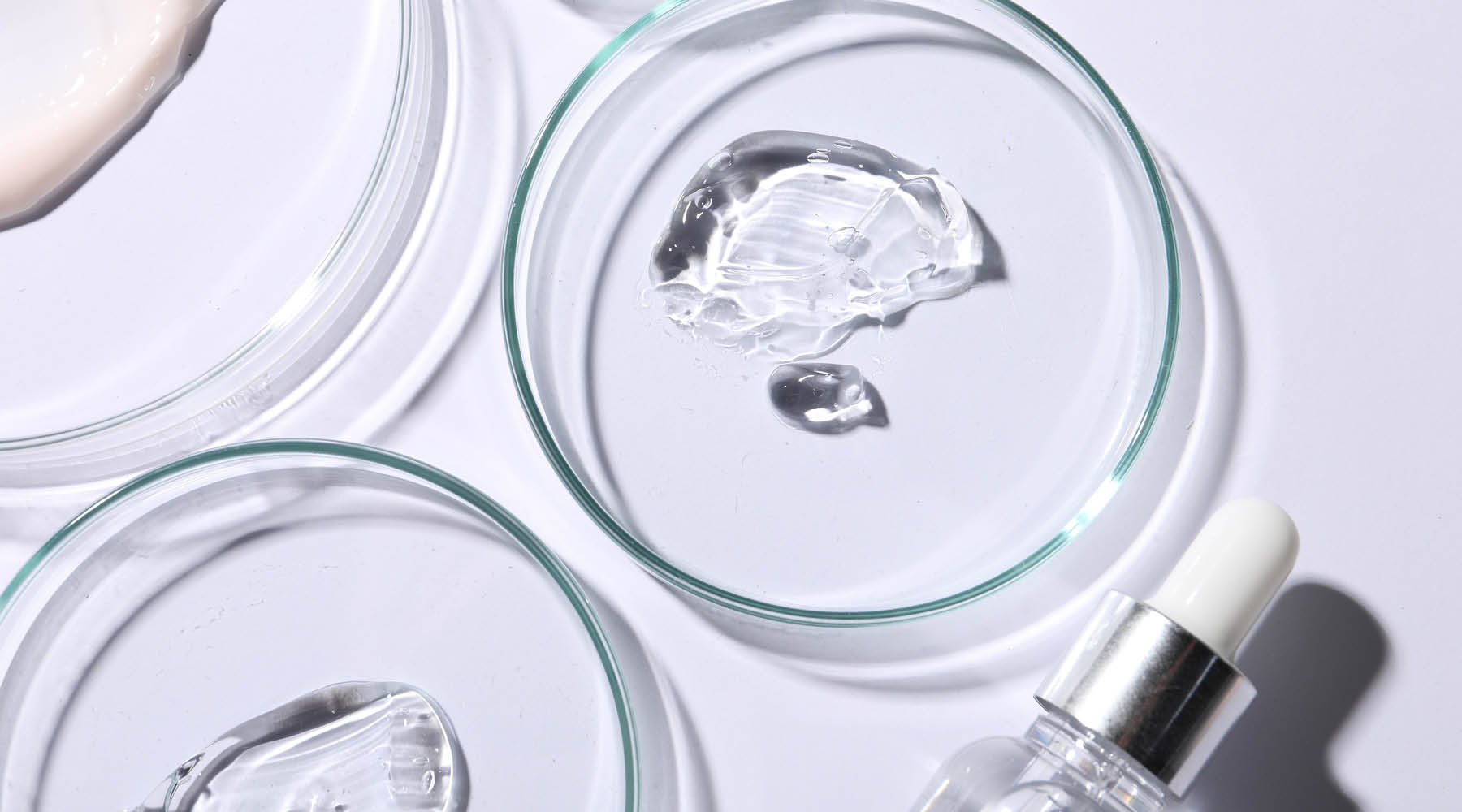If you’ve struggled with acne, you’ve likely come across the term “comedogenic.” But what does it really mean, and why is it so important for acne-prone skin?
Let’s break it down: what comedogenicity actually is, how it affects your breakouts, and why even occasional use of the wrong product can sabotage your skin—no matter how carefully you treat it otherwise.
What Does “Comedogenic” Mean?
The term comedogenic refers to an ingredient’s ability to clog pores. When pores are blocked with oil, dead skin, and residue from comedogenic products, they form comedones—which can develop into blackheads, whiteheads, and inflammatory acne over time.
Some ingredients are especially prone to this and are classified as comedogenic on a scale from 1 (least likely) to 5 (most likely to clog pores). These are commonly found in skincare, makeup, haircare, and even sunscreen.

How Comedogenic Products Contribute to Acne
When you apply a product with comedogenic ingredients, it can create a sticky plug inside your pore. This plug traps oil and dead skin, reduces oxygen, and allows acne-causing bacteria (C. acnes) to thrive. The result? Inflammation, swelling, and painful breakouts.
But here’s the catch: this process isn’t instant. True comedogenic acne can take weeks to months to appear—making it incredibly hard to trace back to a specific product. By the time breakouts show, you may not even be using the culprit anymore.
Why Testing a Product for a Few Days Isn’t Enough
Many people try to patch test new products for a few days and assume it’s safe if no immediate breakout happens. Unfortunately, this doesn’t work for comedogenicity.
Clogged pores don’t appear overnight. It can take 3 to 6 months for a comedogenic ingredient to build up and cause acne. So that “safe” product you’ve been using for a week might be slowly clogging your skin without you knowing.
On the other hand, if you try something and break out within a day or two, that’s more likely an acnegenic or irritant reaction—very different from comedogenic acne.
Comedogenic vs Acnegenic: What’s the Difference?
Let’s clear this up:
- Comedogenic: Clogs pores slowly over time. Acne may take months to appear.
- Acnegenic: Causes an immediate breakout due to irritation or inflammation. You’ll see pimples within a few days.
Comedogenicity is sneaky—and because the damage happens below the surface, many people never connect the dots. That’s why we recommend avoiding comedogenic ingredients entirely if you’re serious about clearing your skin.
More Products, More Problems
You might think, “It’s just one product, how bad can it be?” But here’s the issue: if every product in your routine contains even slightly comedogenic ingredients, the effects stack up fast.
You may be clogging your pores with:
- A cleanser that feels silky
- A moisturizer that promises glow
- A sunscreen that says “non-comedogenic” (but really isn’t)
- Foundation or concealer
- Hair serums or sprays that transfer to your face
All of this creates a daily buildup on your skin—even if each product is only mildly comedogenic. And the more consistent the use, the harder it is for your skin to recover.

Even Occasional Use Can Be a Problem
Think using something “just now and then” is harmless? Think again.
We’ve seen many cases where occasional exposure to comedogenic ingredients led to massive breakouts. One example: a client was taking a makeup course and wore full makeup only twice a week for two hours at a time. Despite a clean skincare routine, she developed significant acne within a few months—purely from using comedogenic makeup.
Because comedogenic buildup is cumulative, even short, infrequent exposures can be enough to trigger breakouts over time—especially when your skin is already acne-prone.
Common Comedogenic Ingredients to Avoid
Here are some common offenders:
|
Ingredient |
Comedogenic Rating |
|
Coconut Oil |
4 |
|
Isopropyl Myristate |
5 |
|
Cocoa Butter |
4 |
|
Wheat Germ Oil |
5 |
|
Lanolin |
4 |
|
Ethylhexyl Palmitate |
4 |
|
Algae Extract |
4 |
|
Laureth-4 |
5 |
Some of these may seem “natural” or nourishing—but they’re far from safe for breakout-prone skin.
Why “Non-Comedogenic” Labels Can Be Misleading
The term “non-comedogenic” isn’t regulated, and in many cases:
- Brands test only individual ingredients, not the finished product
- Small percentages of comedogenic ingredients may still be present
- There’s no universal standard, so each brand defines it differently
Your best bet? Don’t rely on marketing claims. Learn the ingredient lists—or better yet, let a skin expert help you identify what’s truly safe.
Get Professional Help: Let Us Check Your Products
We offer acne-specific skincare consultations that take the guesswork out of your routine. During your consult, we’ll:
- Review your current skincare, makeup, and haircare products
- Identify hidden comedogenic ingredients that may be triggering your breakouts
- Create a plan to transition you to acne-safe alternatives without the frustration
Success in clearing acne requires consistency—and avoiding all comedogenic triggers is non-negotiable. Otherwise, you’re just spinning your wheels.
Final Thoughts
Comedogenic products are one of the most common—but most overlooked—causes of acne. The tricky part? They don’t cause obvious breakouts at first. But over time, the clogged pores build up, and the acne seems to appear “out of nowhere.”
Whether you’re using one pore-clogging product or five, the result is the same: more congestion, more inflammation, and more frustration.
Avoiding comedogenic ingredients entirely—even in products you only use once in a while—is one of the most important steps you can take toward clear skin.
And you don’t have to figure it all out alone.
Book a consultation with our acne experts and we’ll help you check your products, cut through the noise, and build a clear-skin routine that actually works—no more guessing.
Read more

When it comes to clearing acne, diet and skincare often take center stage but supplements can quietly play a powerful role behind the scenes. While some can support healthy, clear skin, others can ...

Acne has many causes—hormones, inflammation, gut health, skincare, and even genetics can all play a role. But one key piece that’s often overlooked? What you’re eating.



